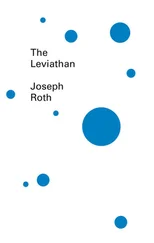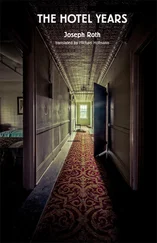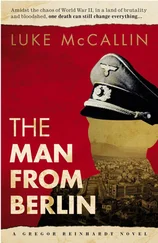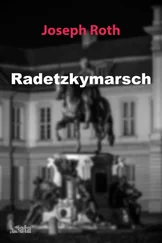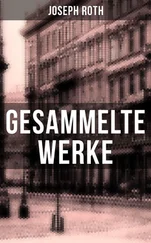It should be understood, at long last, that Zionism can only be a bitter experiment, a temporary, opportune degradation of Judaism, or perhaps merely the reversion to a primal, long since outmoded, form of national existence. Maybe it has succeeded in arresting or delaying the “assimilation” of Jewish individuals or groups. But in return it seeks to assimilate an entire people. If it appeals to the warlike traditions of Judaism, then one should counter that the conquest of Canaan is less of an achievement than the Bible, the Psalms, and the Song of Songs; also, that the present of the Jews is greater, possibly, than their past: being more tragic. .
It might even be more “practical” in a “political” sense, if the young Jews who are “going back” to Palestine today, did so as the grandchildren not of the Maccabees, but of the priests and prophets. In the course of my wanderings through the Jewish ghetto in Berlin, I bought some Jewish nationalist newspapers from Eastern Europe. Their reporting of the fighting in Palestine was indistinguishable from the war reports we read in our German newspapers. In the same dreadful Borgis bold type, in comparison to which spilled human blood seems a pretty thin and inconsequential fluid, those Jewish nationalist newspapers report on the Jewish “victories over the Arabs.” And in the war correspondents’ familiar gobbledygook you could read, in appalling black on white, that these were, thank God, not pogroms, but honest- to-goodness “battles.” Here you could finally understand that the view of the Jews as cleverer than other peoples is erroneous. Not only are they not cleverer, they are even sometimes more stupid. They aren’t ahead of the times, but if anything lagging behind. They are aping the recently failed European ideologies. Now,
of all times, they are setting about their original Jewish
steel baths. Of course it’s only natural that they should put up a fight in Palestine. It’s too bad that they were attacked. But to have their heroism confirmed to them in the newspapers — having been uncommonly heroic over thousands of years without journalistic clichés — that furnishes final proof that there are no seven wise men of Zion directing the destiny of the Jewish people. No, there are several hundred thousand idiots of Zion, who have failed to understand the destiny of their people.
Das Tagebuch, September 14, 1929
Part III. Displaced Persons
6. Nights in Dives (1921)
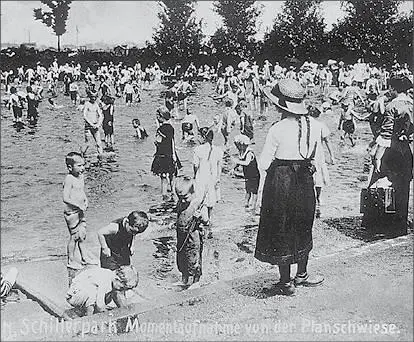

The epicenter of the phenomenon known to us as the dive or joint is the Alexanderplatz station (exit Münzstrasse), from where it spreads over the east end of Berlin, and, from there, ultimately, over the rest of the world. It is also quite unthinkable without Neue Schönhauser Strasse, from whose cobblestones — as if they had been lampposts, or some other organic outgrowth of the street — arise pimps and their prostitutes, and the police station, whose gates are already locked and guarded by a couple of Berlin’s finest. What these two policemen are dreaming of is a cigarette (they aren’t allowed to smoke on duty) or an hour in a red-light bar, instead of a tart you can quickly feel up while her pimp is — unconscionably or conscientiously — detained in some gateway, tying up a cigarette deal. Nor can I imagine nights in dives without Weinmeisterstrasse, whose corners are always thick with bad characters. And certainly not without the police spy, in mufti but uniformed, incognito and unmistakable, the tips of his moustache giving away his loyal service and watchman’s vigilance, authority and certainty in his expression, looking out for anyone with any hesitation about him. And even if he were less obtrusive, better camouflaged than he is, I would still know him by his footfall and his expression, by the fearlessness of his looming up suddenly from a bar or a back wall. The others don’t have that fearlessness — they’re just bold as brass.
Café Dalles
The premises of the Café Dalles at 13 Neue Schönhauser Strasse used to be called the Angels’ Palace. Things change. For a time it was a public dining place, and I think that was probably its original function. Angels’ palaces don’t come purpose-built: Instead they come with long passages whose farther end, like a lake’s opposite shore, is obscured by clouds of smoke, and with another entrance on the left, which may have been used as a chambre séparée for after-hours angels, and today has a roulette table and roulette games on the walls, folksy glass-fronted cabinets, with hand-painted picture postcard backdrops, harmless playthings to encourage an underage public.
Kirsch the burglar and Tegeler Willy and Apache Fritz are sitting at a table together, while the policeman stands and watches. At the bottom of the well-like passage, Elli’s sitting on someone’s lap, because she’s got new stockings today. If you’ve got new stockings, you’ve got to show them off. Her little blond ringlets are combed down into her face. They hang there a little stiffly, like starched ruffles. I really think she wants nothing more from the world than to have half a kümmel inside her, and the knowledge that there is another half to come. Let her have it, please. My friend buys her some bread and butter. Now I think she’s happy beyond dreams. New stockings, a kümmel, and some bread and butter. It really is an angels’ palace.
Though I can’t say what terms Kirsch is on with the police just now — there seems to be a standoff with the policeman at least — Kirsch may be planning some new heist, or he’s talking about some perfectly innocent game of cards, or maybe he’s about to exit left, in the direction of the roulette table. To the right of the entrance, there’s someone playing the piano, and Kirsch passes the hat around for him. Maybe he feels he has to be involved in some way. Everyone gives him something, either out of respect or because they want to contribute, even if they can hardly hear the music. Its thin sounds come swaddled in cigar smoke like cotton wool.
Reese’s Restaurant
Reese’s Restaurant is awash in red light. All the lamps have deep red paper napkins thrown over their shoulders like cloaks, and there’s a band on stage, and the clientele is somewhat more refined. Reese’s is an establishment you visit. The others are bars you drop in. When you go to Reese’s, you first take a deep breath. And generally you go after 8 p.m. And the band is called “orchestra.”
Also, you can take your hat off at Reese’s without the risk of anyone staring. From time to time, descending from westerly spheres, a card sharp will put in an appearance. And it’s not Kirsch who’ll pass the hat around for the musicians, but a man armed with little green numbered boxes. That’s how they do things at Reese’s.
At Reese’s the guests may be “politely requested to pay their reckoning promptly,” but the waiter is well bred enough to take himself off if it doesn’t happen that way. At Reese’s you wear an outfit if you’re a lady, and the waiter may even occasionally say, “The lady, please!” But the lady will address the waiter by his first name. New stockings are no rarity at Reese’s.
Plus you can go up three steps to the back room, where they play skat. That young reprobate actor who’s quite talented is a regular here. He’s getting together a foursome for skat.
Sometimes politics and crime mix at Reese’s. I saw Kern again here. I’d last seen him in Vienna and Budapest. Those were revolutionary times; I found myself behind bars once in Hungary. . At Reese’s the band plays without a break, and they are all in black. They don’t have a bandleader, but the violinist keeps them in good order by looking at them. They play well.
Читать дальше






